Cats, like humans, are expressive creatures with a wide spectrum of emotions. However, they often communicate their feelings silently, relying on body language and other non-verbal cues. Observing these behaviors can offer a window into their emotional world, allowing us to better understand and respond to their needs.
The Art of Tail Talk
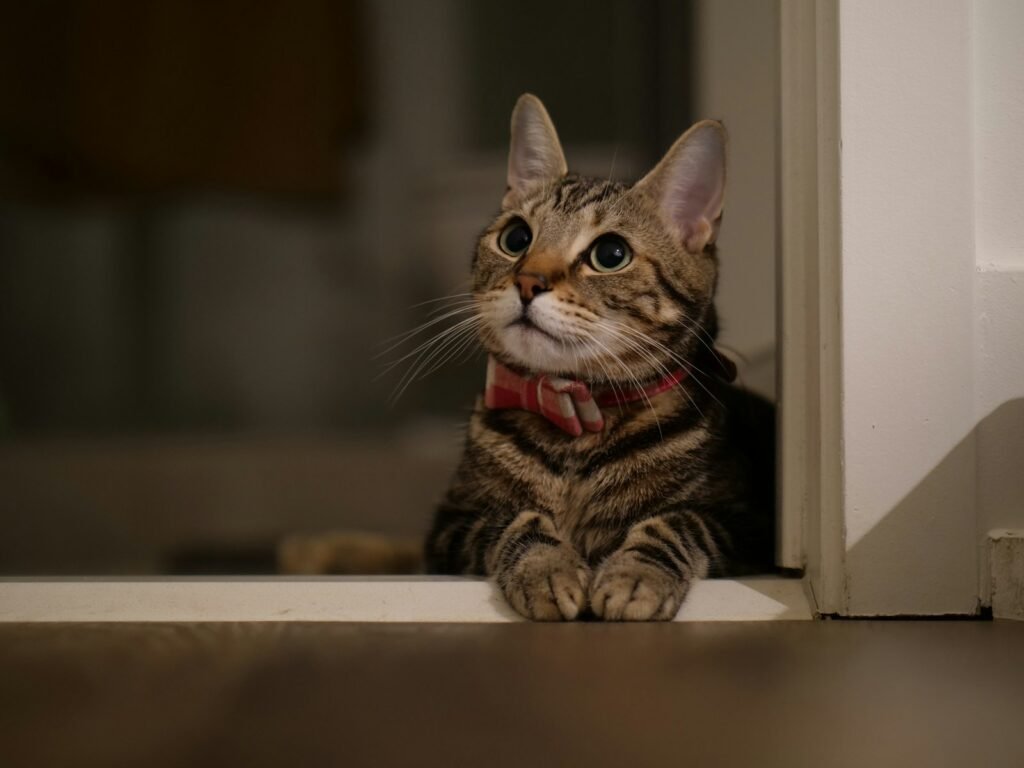
Cats often use their tails to convey emotions without uttering a sound. A high, upright tail typically indicates happiness and confidence. Conversely, if a cat tucks its tail between its legs, it might be feeling scared or submissive. A tail that flicks back and forth rapidly can be a sign of irritation or agitation, while a slow, gentle swishing might suggest curiosity.
Expressions Through Eye Contact

Eyes are indeed the windows to the soul, even in cats. Slow blinking from a cat is a significant gesture, often interpreted as a sign of trust and affection. If a cat looks at you steadily and then slowly closes and opens its eyes, it’s known as a “cat kiss.” On the other hand, wide-open eyes, with dilated pupils, can indicate either excitement or fear.
Ear Signals: Listening to Silence
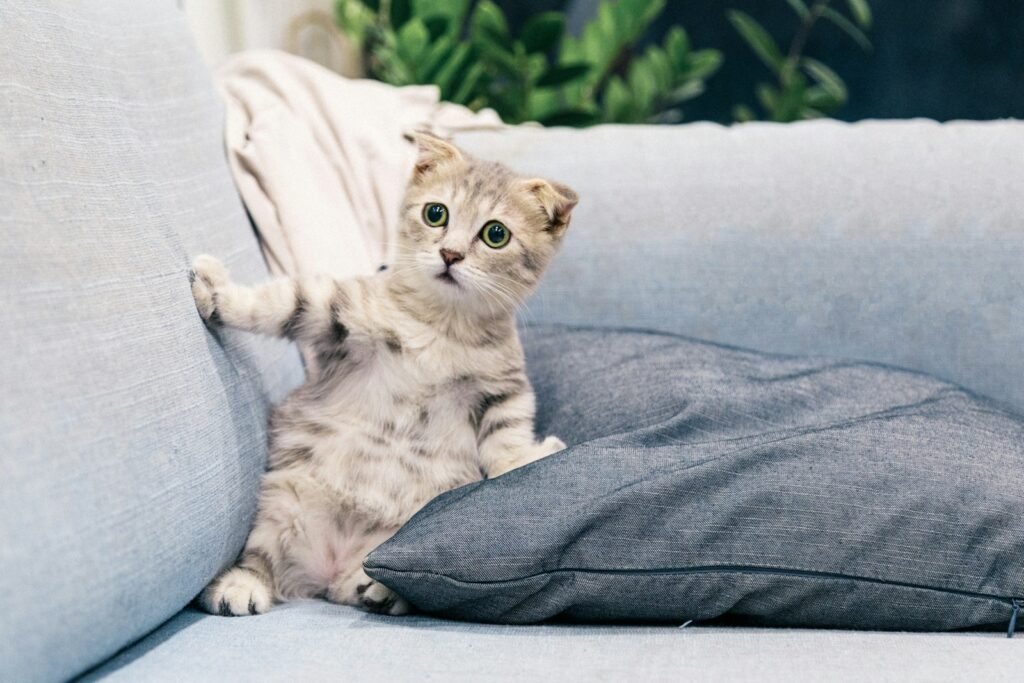
Cats’ ears are incredibly expressive. When they are facing forward, it typically indicates that your cat is happy or curious, showing interest in its surroundings. Ears that are flattened against the head commonly signal fear or aggression, making it essential to read the context and other body language cues. Ears that twitch back and forth might show that a cat is irritated or overwhelmed by noise.
Body Posture: More Than Just a Pose
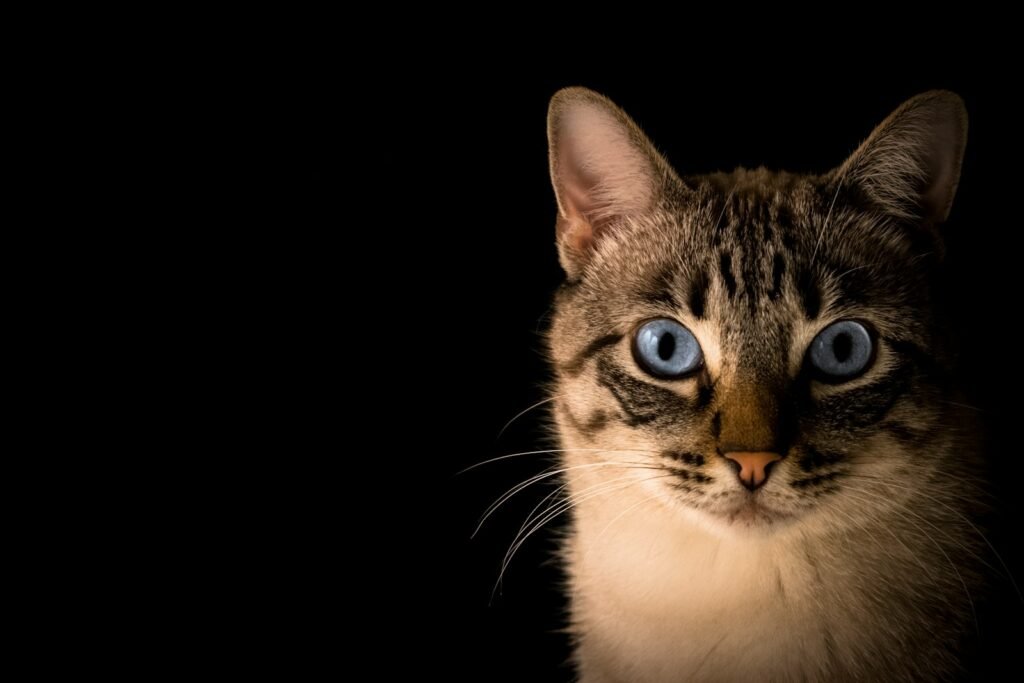
A cat’s overall body posture can reveal much about how it is feeling. A relaxed, lying-down pose suggests contentment or satisfaction. If a cat puffs up its fur and arches its back, this can indicate that it feels threatened and is trying to appear larger. Conversely, a cat lying on its back with its belly exposed typically suggests trust and relaxation, although not all cats appreciate their bellies being touched even when they show them.
Facial Expressions: Silent Indicators
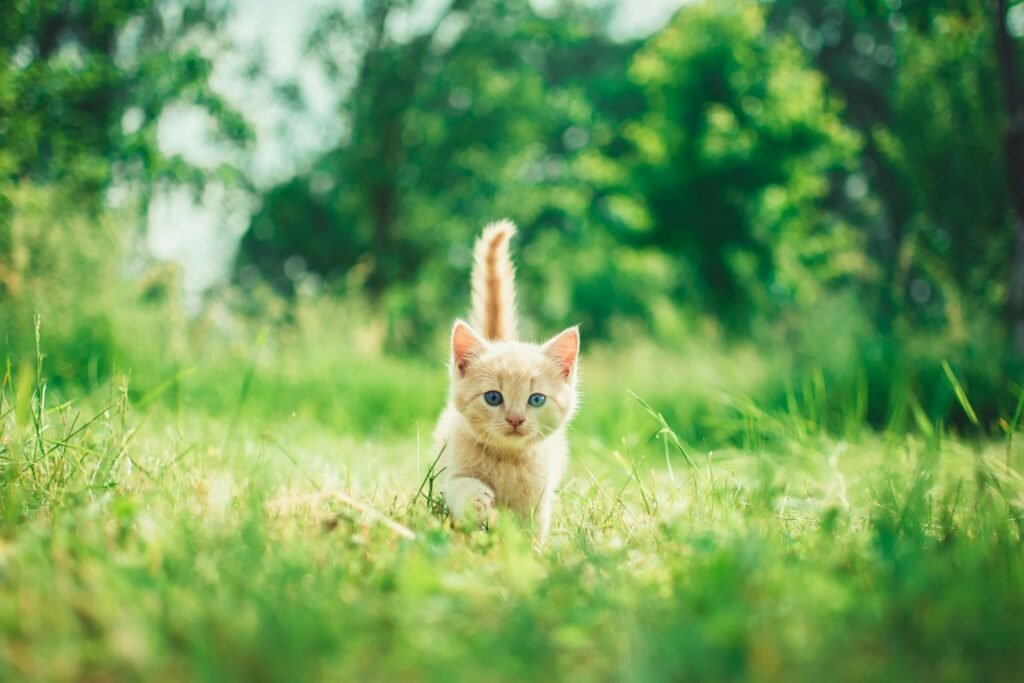
While a cat’s face might seem harder to read than a dog’s, subtle changes can speak volumes. For instance, a relaxed facial expression with forward-pointing whiskers can suggest ease and interest. Meanwhile, a tightly-clamped mouth or tucked-back whiskers might indicate displeasure or stress.
Grooming Habits: Not Just Keeping Clean
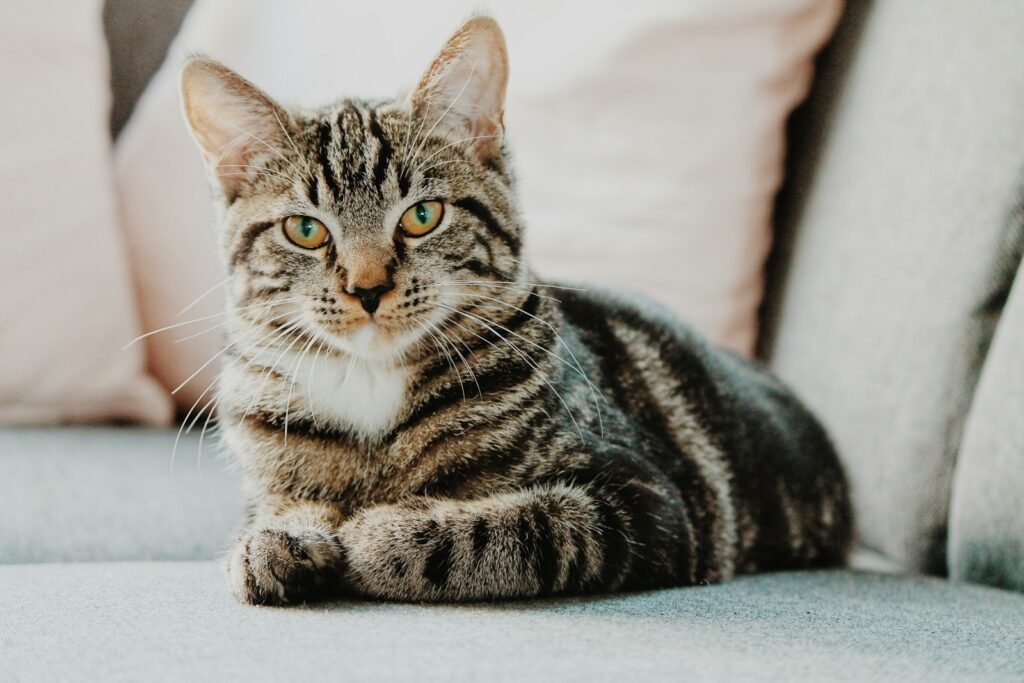
Grooming is a natural behavior for cats and often serves as a self-soothing mechanism. Excessive grooming, however, can signal stress or anxiety. On the other hand, if a cat grooms you or other cats, it can be a sign of social bonding and affection, marking its loved ones with familiar scents.
Rubbing and Bunting: Marking Territory and Affection
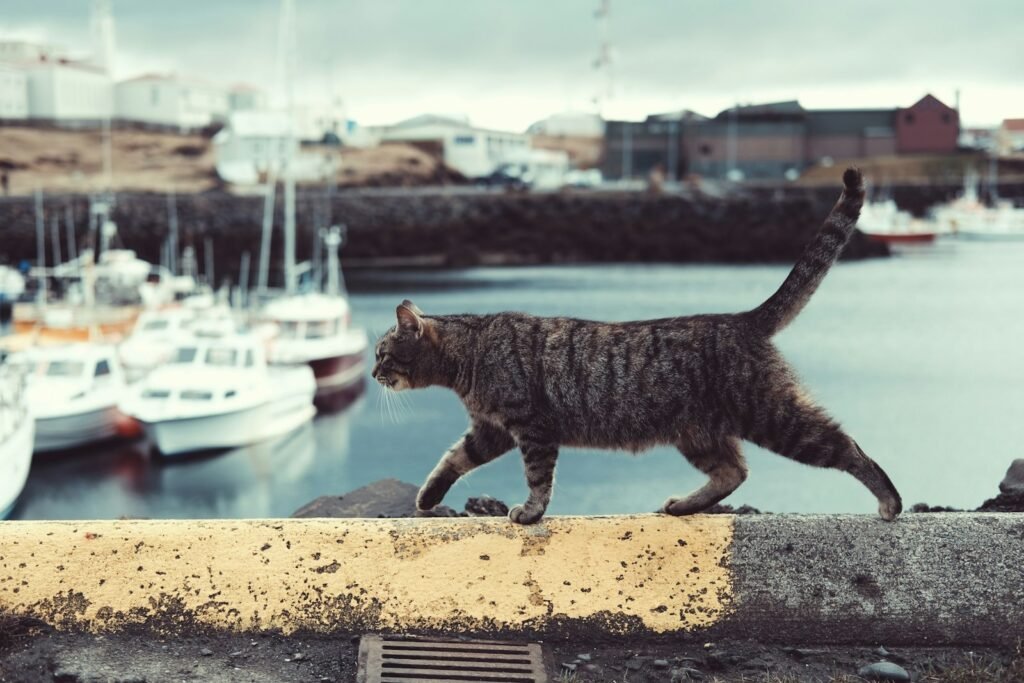
When a cat rubs its face against you or objects, it’s transferring scent glands located around its face. This behavior marks territory but is also a gesture of affection and trust, signaling that it views you as part of its safe space.
Paw Kneading: A Soothing Gesture
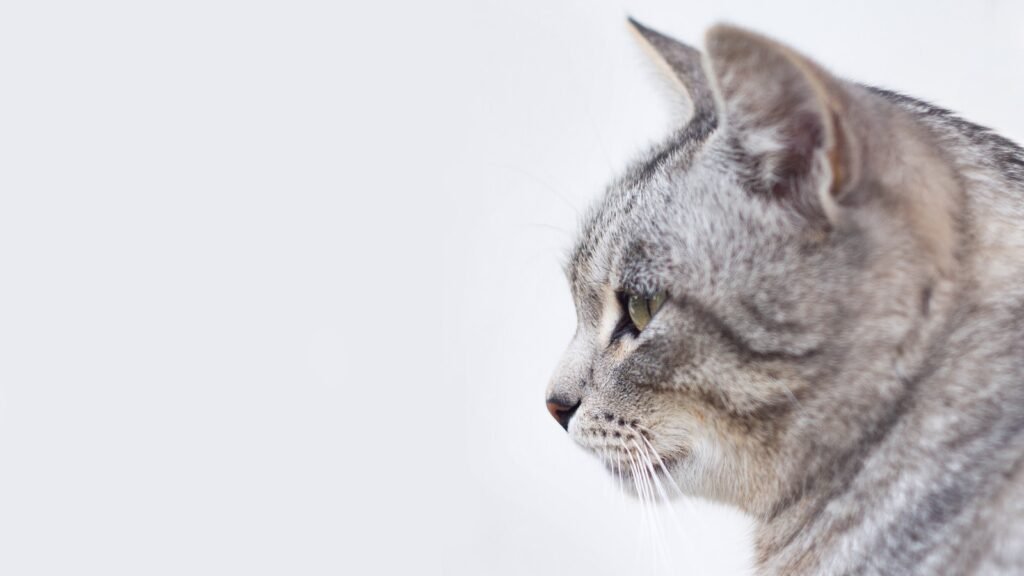
Kneading is a comforting behavior often associated with kittens nursing from their mothers. Adult cats knead when they are happy, relaxed, or looking to self-soothe. A cat kneading on your lap is a sure sign that it trusts and feels comfortable with you.
Playfulness and Hunting Behavior

Play is an essential expression of emotion for cats, reflecting both their contentment and their instinctual nature. When a cat engages in play, particularly with quick pouncing or stalking, it’s exhibiting joy and a healthy, stimulated mind.
Conclusion: Building a Better Bond
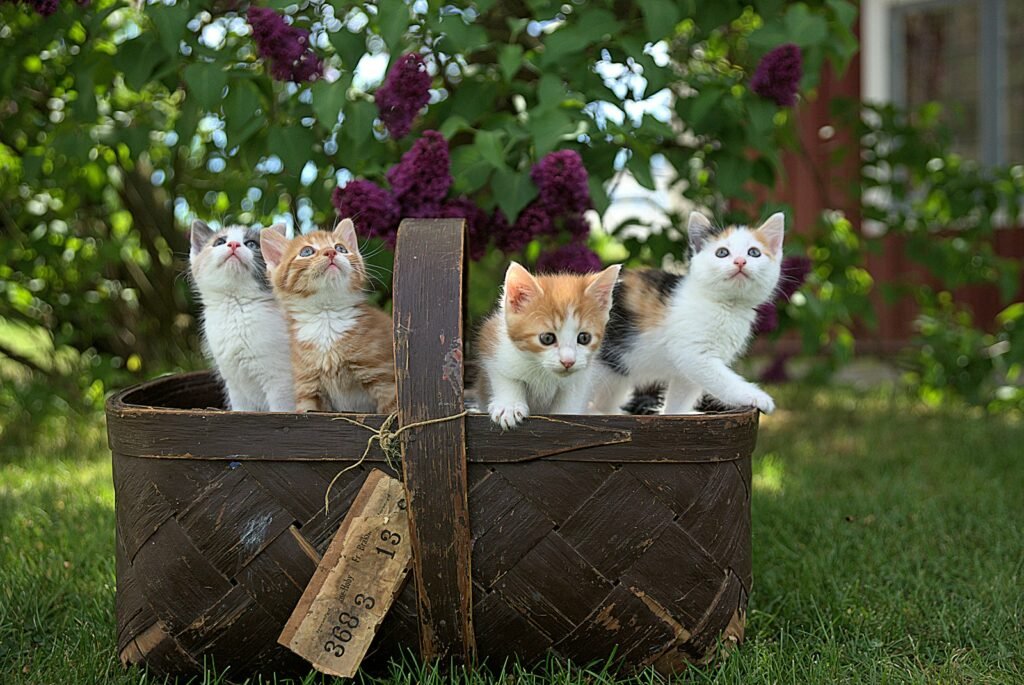
Recognizing and understanding these silent cues can greatly enhance your relationship with your feline friend. By paying attention to these non-verbal signals, you can respond appropriately to your cat’s needs and states of mind, fostering a more harmonious and understanding relationship.
Hi, I’m Bola, a passionate writer and creative strategist with a knack for crafting compelling content that educates, inspires, and connects. Over the years, I’ve honed my skills across various writing fields, including content creation, copywriting, online course development, and video scriptwriting.
When I’m not at my desk, you’ll find me exploring new ideas, reading books, or brainstorming creative ways to solve challenges. I believe that words have the power to transform, and I’m here to help you leverage that power for success.
Thanks for stopping by, Keep coming to this website to checkout new articles form me. You’d always love it!






